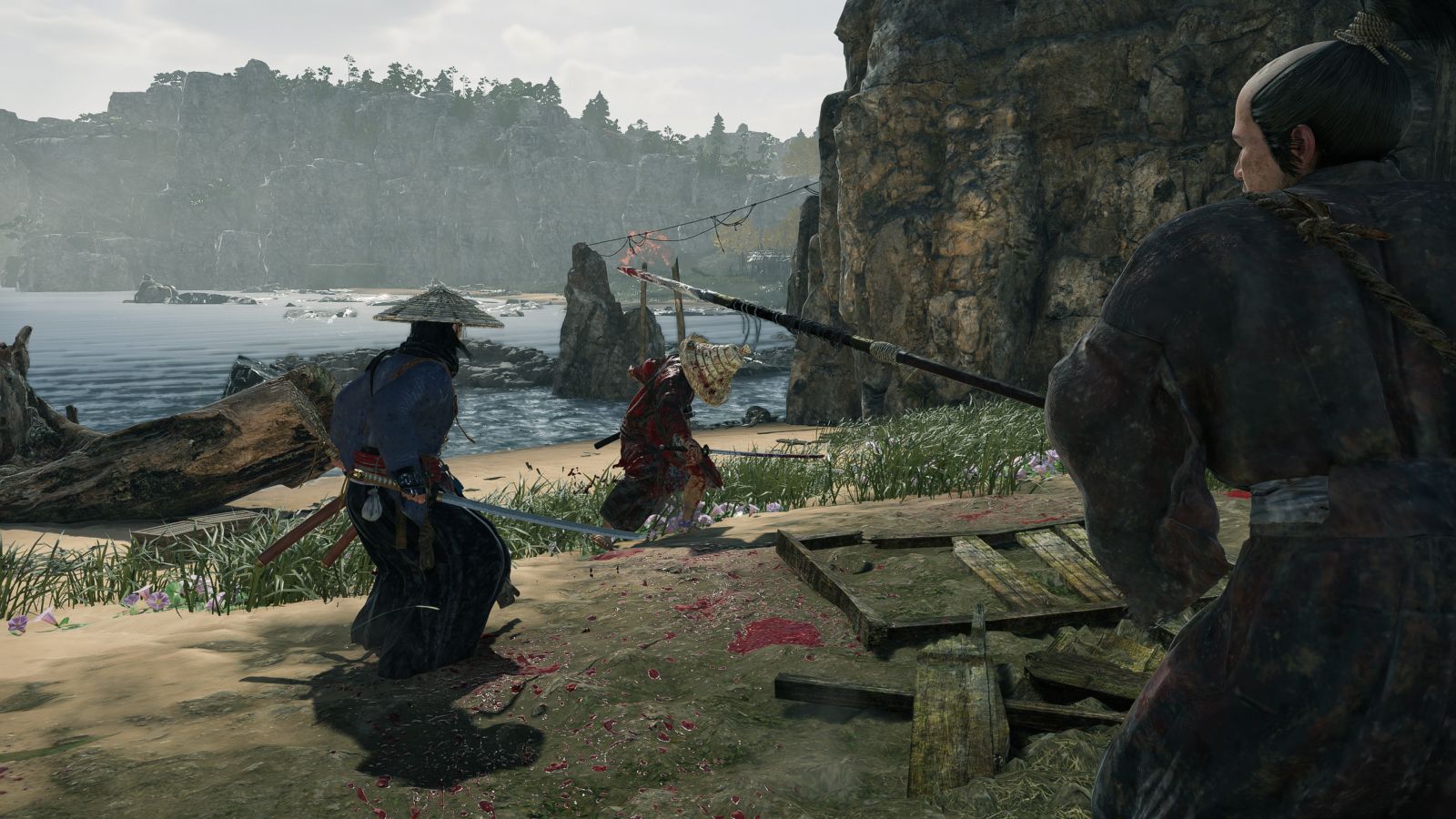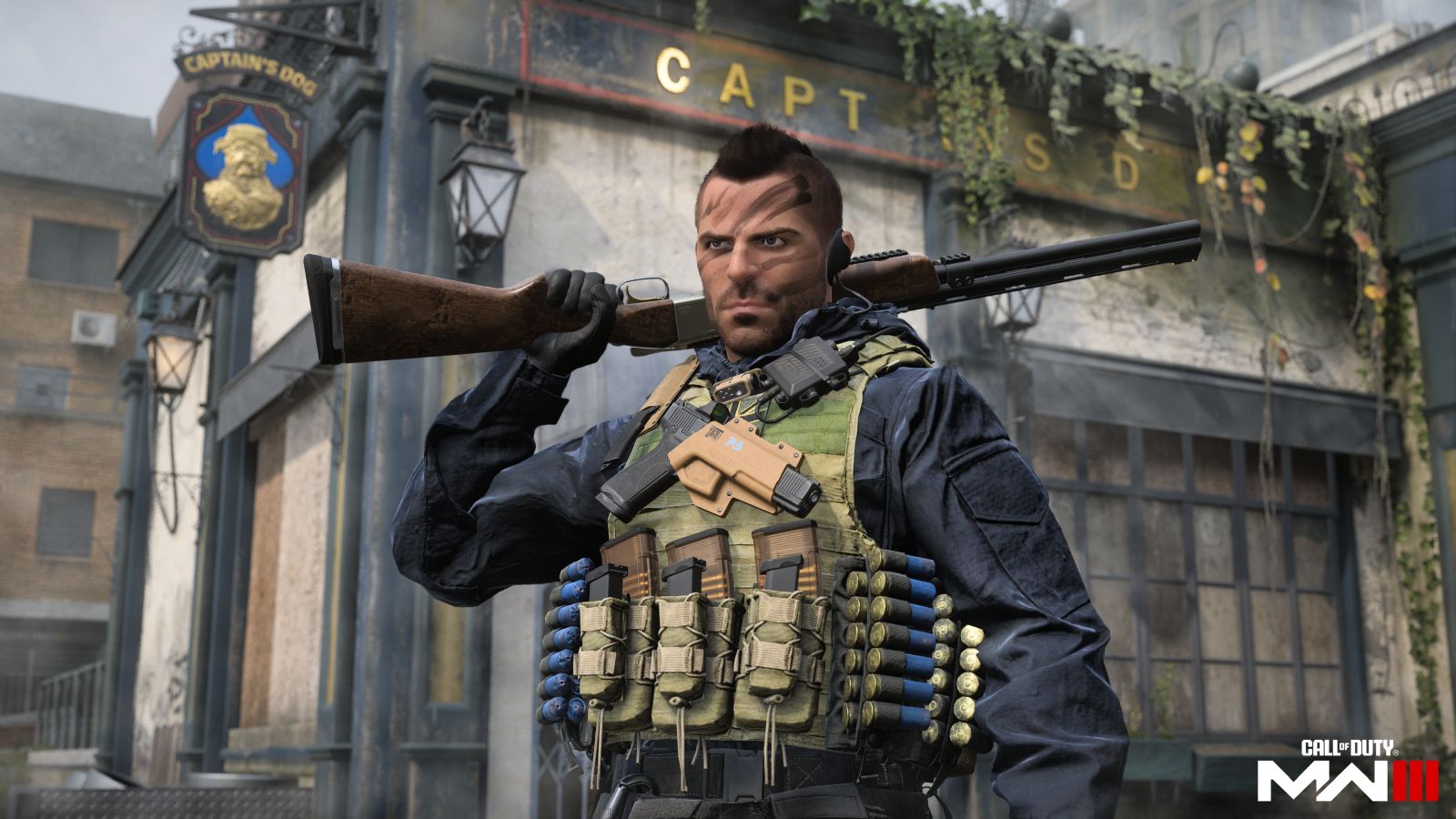Rise of the Ronin is Team Ninja firing on all cylinders. It’s equal parts adventure, blisteringly-difficult combat timing, storytelling, and a dash of RPG for taste, culminating in a title that’s as challenging as it is rewarding. Ahead of our full review for the game I’ve got a quick taste of what lies ahead for the “get good” crowd.
While I once wore out controllers on the likes of other Team Ninja games like Ninja Gaiden Black, and more recently, like Nioh 1 and 2, a game has to hit just right for it to click. The right combination of timing, tight and fast combat, and gear can make you feel like a complete badass when you finally master a parry to take down that rough boss, or unleash a flurry of ninjutsu on a stumbled opponent. Let’s dig into why the Souls-like crowd is going to eat this game up.
Rise of the Ronin - Gameplay Overview | PS5 Games
The story of Rise of the Ronin is one of two orphans, though it’s up to you in the robust character creator to decide whether that’s a pair of sisters, a pair of brothers, a mixed pair, or two people who are absolutely not related. Their village was burned to the ground by a ninja clan, leaving them orphaned. Before they too could be killed they are rescued by a rebel master of a group called Veiled Edge who pulls them under her wing to train them as “Blade Twins”.
Rise of the Ronin takes place during Bakumatsu – the 14 years between when the Tokugawa shogunate ended and the rise of the Meiji government (1868 – 1912) that would ultimately end the reign of the samurai. This is an incredibly tumultuous time as some want to close off the country from foreign influence while others want to invite in other countries like the United States to learn their military tactics and to acquire their weapons. Just following the Sakoku period (1868), Japan re-opened, bringing in western Black Ships carrying soldiers hired to train the Japanese military and supply them with arms. Not everyone is pleased with the outside influence, and as these ships arrive on the shores of Japan, the Veiled Edge are dispatched to remove that perceived threat.
From the word hajime, Rise of the Ronin is downright demanding. Once you create your characters, you’ll be asked to choose your backstory. In the backstory is a bit about how your character was raised, but also how they were trained. This ultimately assigns your weapon expertise, though the game doesn’t restrict you to this choice. In the beginning you’ll pick between a polearm, ōdachi (the Japanese long sword), a katana, paired wakizashi and katana, or spear. Once you select two, you’ll finish up a bit more training on dummies before almost immediately facing your master. It’s here that you get your first real taste of the ebb and flow of combat that’ll guide your hand from this time forward.

Rise of the Ronin is a game of flow. The interplay between blocking, counter-striking, attacking, distance, timing, and dodging are all fueled by your Ki pool – effectively a stamina meter. Your foes also have a Ki pool, and the push and pull between you and your foe is your key to combat. Depleting yours will leave you unable to defend yourself or dodge incoming attacks, and pressing your foe till their Ki pool is depleted allows you an opportunity to press the attack. Merely blocking will alleviate damage, but will also rapidly reduce your Ki. Instead, you should work to master the counterattack. Timing it correctly might deflect a foe’s sword upwards while cutting their Ki in half. Doing so multiple times may stumble them or cause them to drop their guard completely. It’s here where you’ll unleash your most devastating weapon – your martial discipline.
When a foe is staggered, you can unleash a special attack during a very short window. This will have you rapidly striking your enemy, permanently chopping down their maximum Ki. While their Ki will rapidly refill when not being pressed, it’s only to the remaining pool you’ve not whittled down. Facing the first real boss, a real-world American Navy Captain named Matthew Calbraith Perry, you’ll see this system in its full form. Mastery of weapon timing combined with the ability to adapt to the attacks of the enemy are hardly new concepts to the genre, but the variety of weapons and attacks makes Ronin feel unique among its peers. The other method is in its RPG elements.
As you explore you’ll routinely find weapons, armor for multiple slots, and tools to help you explore and fight. Some are varieties of the archetypes I mentioned earlier, such as a naginata instead of a spear, or a pair of sabers instead of the katana / wakizashi combination. You’ll also begin to expand this with firearms like pistols and long rifles. These are loud and slow to reload, but remarkably effective, even against armored foes. They are sorted by the usual RPG trappings, with gray being starter gear, green being slightly better, etc. There are numbers to track the progression, as well as special traits to trigger states like burning and the like.

You’ll also have access to an ever-expanding list of armor sets, split amongst headgear, torso armor, gauntlets, and leg armor. These sets are even further divided into light, medium, and heavy armors, each with assigned stats, unique bonuses, and special effects. They also affect your movement speed, so the tradeoff between defensive capabilities and dodge velocity might change the pace of battle dramatically.
As you further explore Rise of the Ronin, you’ll also get traversal tools like a glider, and ultimately rockets to arm it for aerial assault. You have a grappling hook that you can use to snag barrels and whip them towards foes to stun them, but this tool can also be used for exploration. This ties directly into the semi-open world of the game, with three major cities (Edo, Kyoto, and Yokohama) as well as over 27 square kilometers of landscapes full of minor villages and more.
The last major component of Rise of the Ronin surprised me — trying to capture the interplay between the factions that are at war during this real point in history. The Sabuku are pro-shogunate, trying to centralize ruling power and to defend the shogunate against external powers like the United States. The Tobaku are on the opposite side of the coin, looking to open up Japan, minimize or dissolve the power of the shogunate, and thereby restore Imperial rule to the nation of Japan. The final faction, the Obei, are the Western and European forces seeking to break open Japan for foreign trade through political influence, offers of new military weaponry and tactics, and deep pockets.

As you encounter all of these factions you’ll be faced with choices in your dialogues on how they operate in Japan, and in many cases, whether they live long enough to do so. We’ll need to dig far further into this expansive game to see how it ultimately plays out, but it’s already an ambitious approach for a team that has traditionally stuck to a more hack and slash take on the genre.
Rise of the Ronin is a new take on the overall Soulsborne genre, and from what we’ve seen so far, a natural evolution in many ways. The tightness and variety of the combat over the course of the game, and the depth of the new karma system will be intriguing to explore as we battle for the soul of Japan. One thing’s for certain – you’ll need to “get good” to experience it, but with the blending of genres on display here, it should be worth the journey.
Stay tuned to GamingTrend.com for our full review of Rise of the Ronin, its multiplayer cooperative elements, and much more.
Ron Burke is the Editor in Chief for Gaming Trend. Currently living in Fort Worth, Texas, Ron is an old-school gamer who enjoys CRPGs, action/adventure, platformers, music games, and has recently gotten into tabletop gaming.
Ron is also a fourth degree black belt, with a Master's rank in Matsumura Seito Shōrin-ryū, Moo Duk Kwan Tang Soo Do, Universal Tang Soo Do Alliance, and International Tang Soo Do Federation. He also holds ranks in several other styles in his search to be a well-rounded fighter.
Ron has been married to Gaming Trend Editor, Laura Burke, for 27 years. They have three dogs - Pazuzu (Irish Terrier), Atë, and Calliope (both Australian Kelpie/Pit Bull mixes).

See below for our list of partners and affiliates:

 1 month ago
48
1 month ago
48








